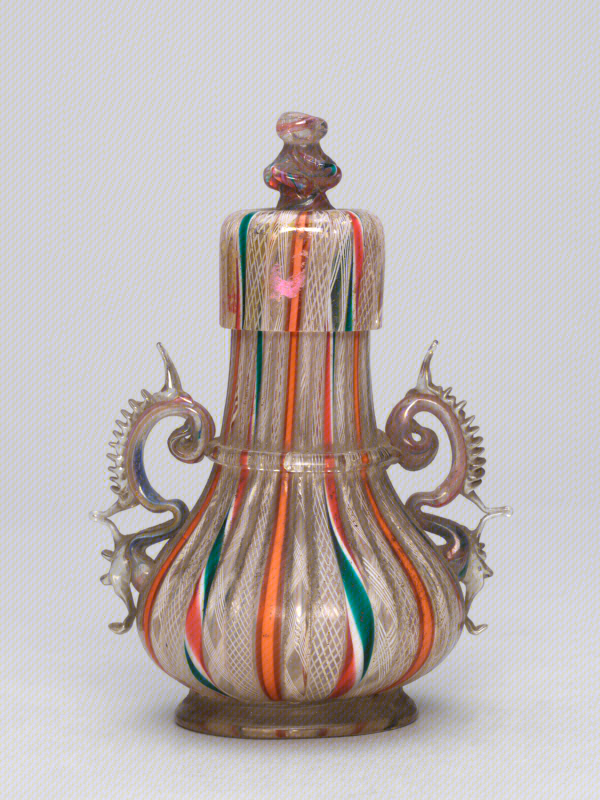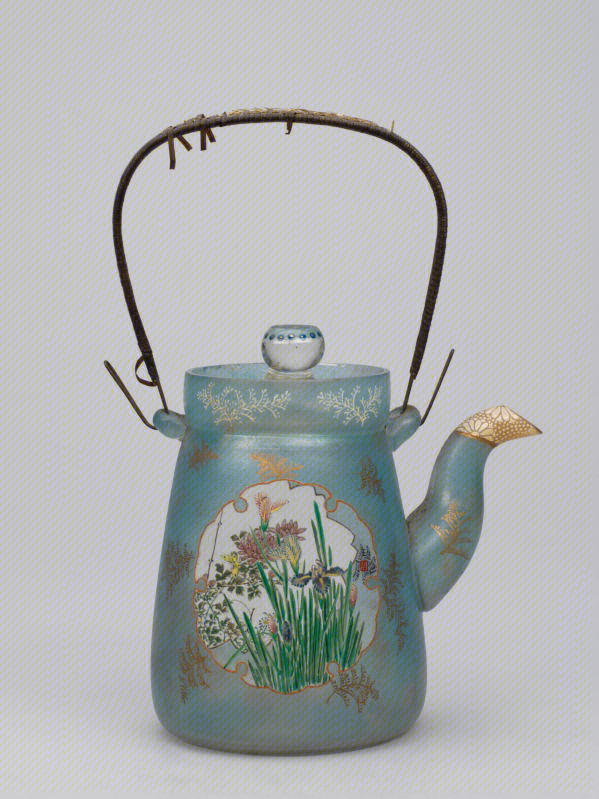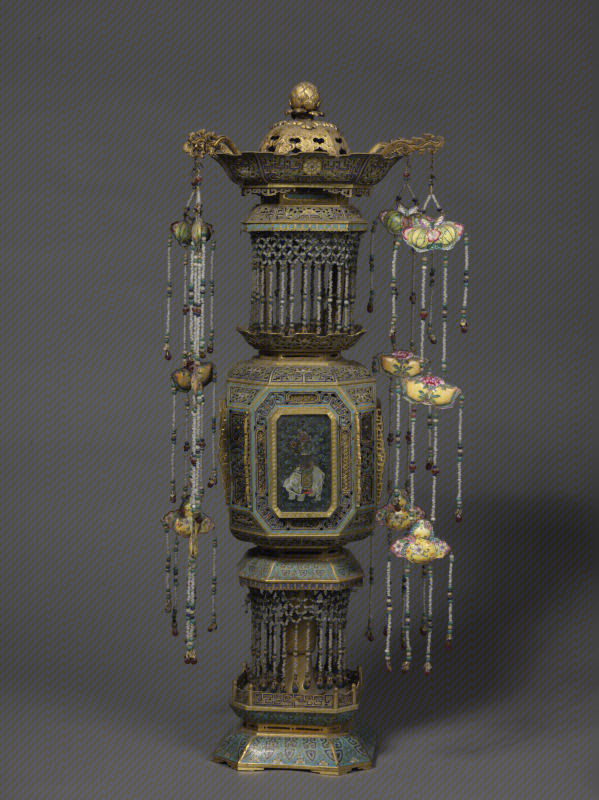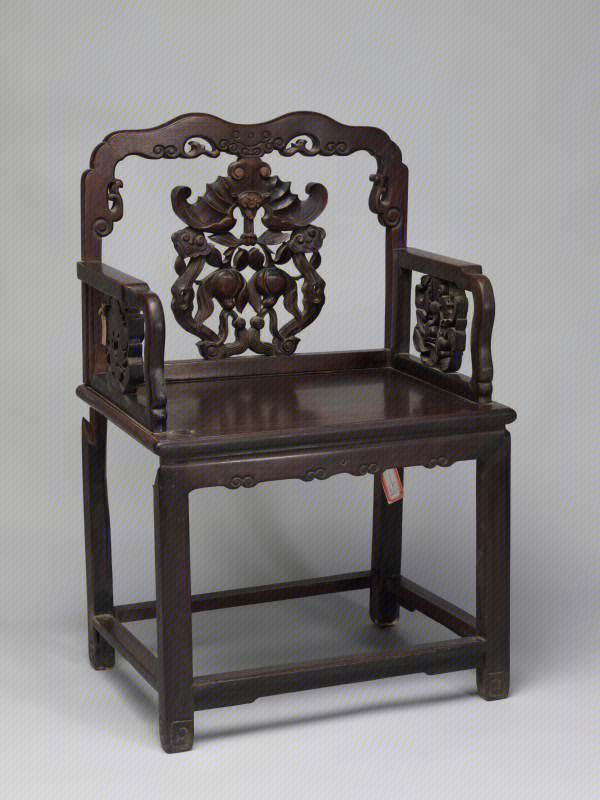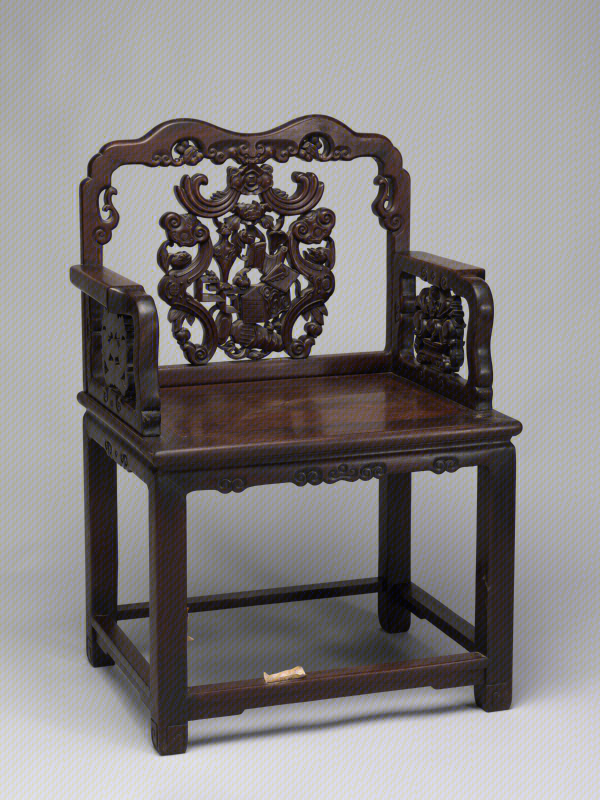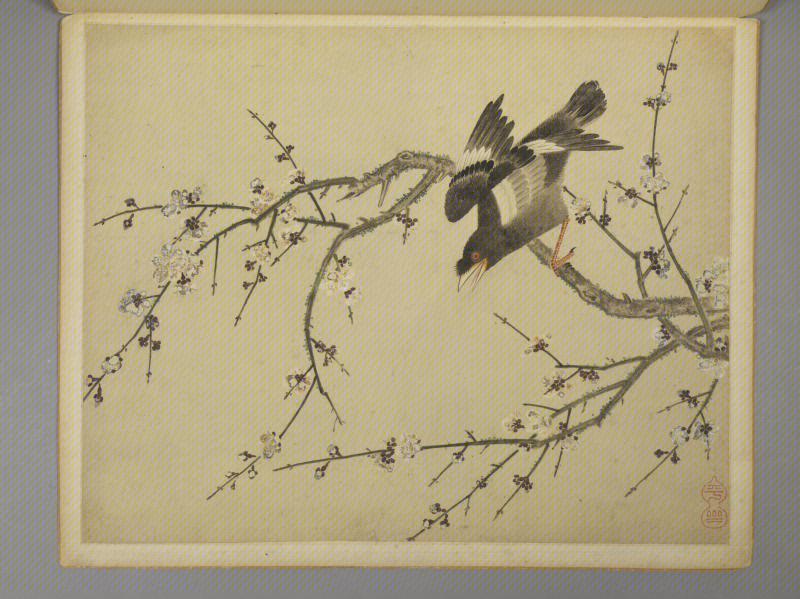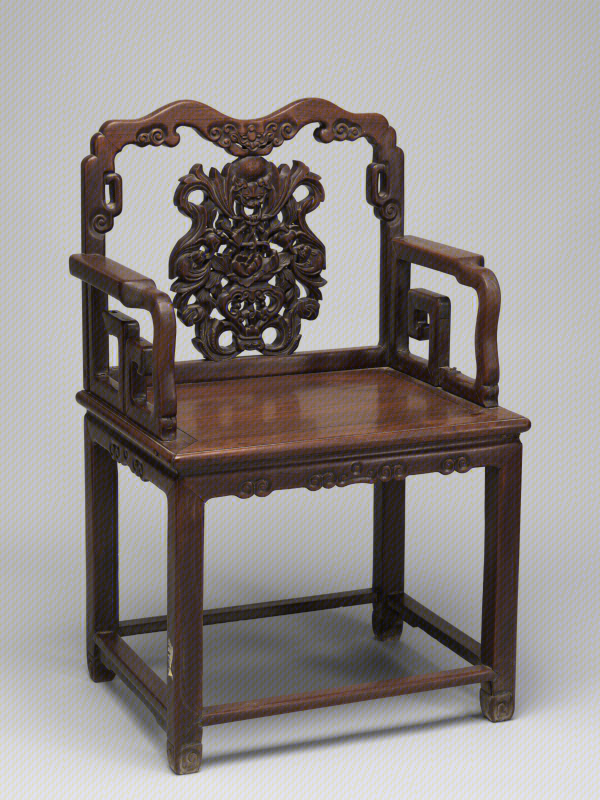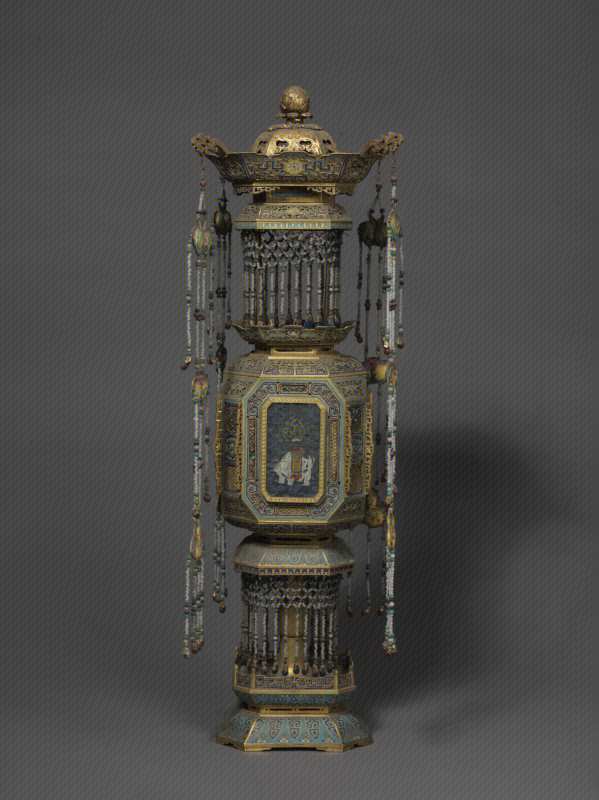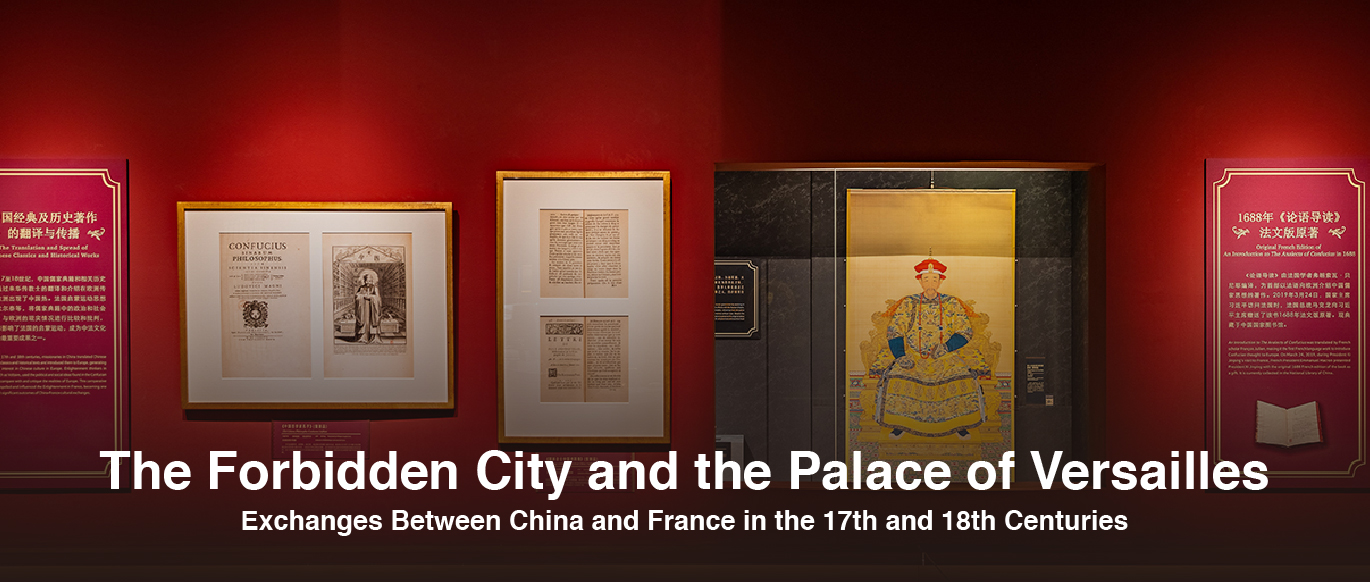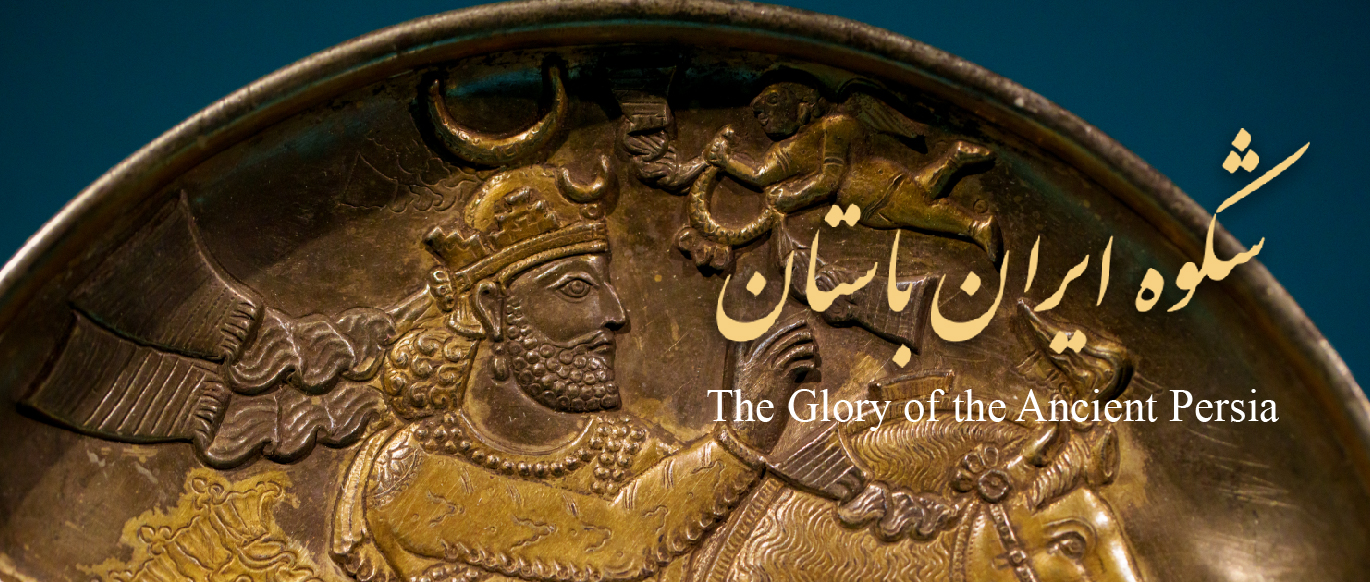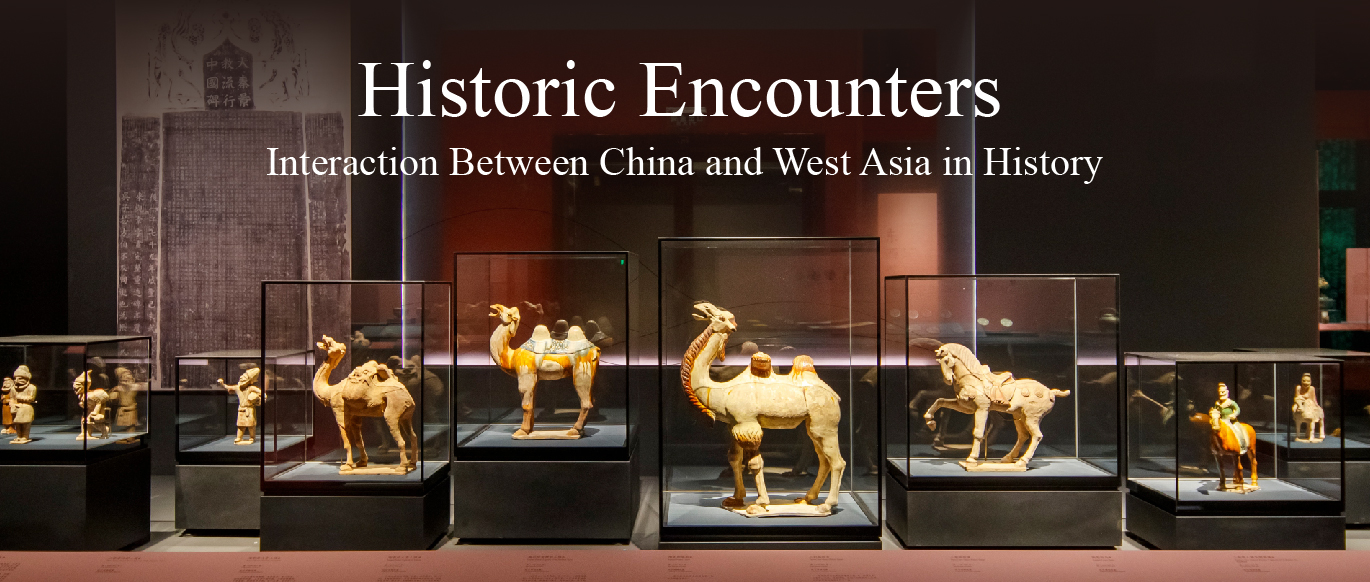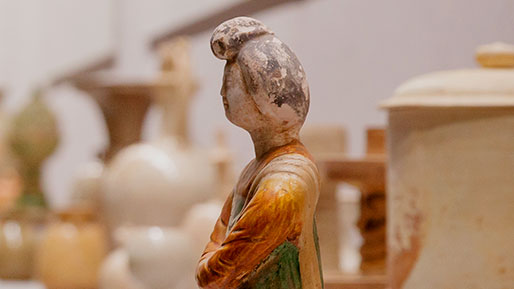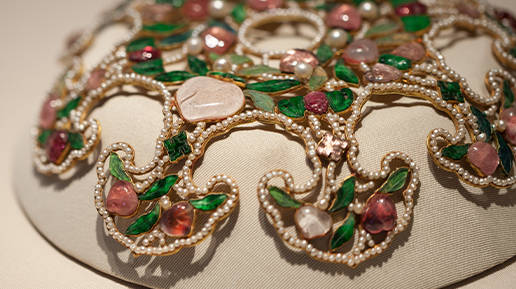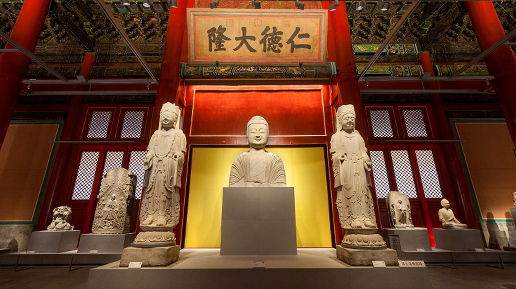

The Bronze Gallery is located to the east of the Forbidden City’s three rear halls within the Palace of Celestial Favour (Chengqian gong) and the Palace of Eternal Peace (Yonghe gong). These magnificent structures are located among a cluster of small courtyards that served as the living quarters of the imperial family during the Qing dynasty (1644–1911). The two palaces have been fitted with new installations and are now known collectively as the Bronze Gallery. Situated on opposite sides of a paved corridor, the two halls were both built in the early-Ming period (Ming dynasty, 1368–1644). Even after hundreds of years, the architecture has been preserved in the original Ming style in spite of repairs made during the subsequent Qing dynasty.
The historic halls are a suitable location for the Palace Museum’s bronzes. With more than 15,000 bronzes in the collection, the Museum has one of the largest holdings of bronze artifacts in China. Two-thirds of these pieces date to the pre-Qin period (before 221 BCE). Currently on show is a fine selection of ritual bronze vessels from the Shang and Zhou dynasties (ca. 16th–3rd c. BCE). These ancient works display the technological sophistication of early metal casting. The early forms of Chinese characters cast into the vessels demonstrate the important governmental functions the vessels served in ancient Chinese society. The gallery also exhibits many ink rubbings of the inscriptions on the vessels.
The development of bronze and the cultural significance with which it is associated represents an important step in the development of human civilization. In China, large bronze artifacts dating to the late-Xia dynasty (also known to archaeologists as the Erlitou period; Xia dynasty, ca. 21st–17th c. BCE) have been unearthed in China. Archaeologists have discovered quantities of bronzes with diverse and complex designs from the early-Shang (or Erligang period; Shang dynasty, ca. 16th–11th c. BCE) and the late-Shang dynasty (or Yinxu-culture period). Articles cast after the Zhou dynasty (ca. 11th–3rd c. BCE) feature lengthy inscriptions that record important events. The designs and inscriptions on these ancient vessels are part of what makes China’s bronzes unique. The significance of the production and development of bronze on pre-Qin Chinese society cannot be underestimated.
According to legendary accounts, Yu the Great cast the Nine Cauldrons (ding) during the Xia dynasty as a symbol of his divine mandate to rule. The cauldrons continued as physical representations of authority throughout the Shang and Zhou dynasties and were moved to various centers of power as one ruler was deposed and another rose in dominance. During the Spring and Autumn Period (770–ca. 475 BCE), the Zhou dynasty’s power was diminished, and the Chu rose as a powerful rival. Some of the kings of Chu challenged the authority of the Zhou by inquiring about the cauldrons—an act of defiance and subversion. Various ding-tripods, ding-tetrapods, and other bronze vessels for ceremonial use have been unearthed among the ruins of ancestral shrines and burial chambers; those vessels designed for such ceremonial use are known as ritual vessels (liqi) and were prescriptively designed and used according to the status of the pre-Qin noble classes. This hierarchical system of design and use was part of the development of ritual theory and practice up through the Western Zhou period (ca. 1046–771 BCE) and culminated in the eventual codification of the system in Rites of Zhou (Zhou li). The story of these nine cauldrons specifically and bronze artifacts in general are now important symbols of China’s national, historic, and cultural cohesion.
Since the Han dynasty (206 BCE–220 CE), the Chinese have been unearthing artifacts from earlier periods. Many emperors throughout China’s dynastic history have been captivated by the impressive design of bronze vessels. Seen as auspicious objects, officials would offer bronzes to the imperial court, and emperors issued orders for their subjects to find the ancient artifacts. During the Song dynasty (960–1279), the imperial court compiled the illustrated Xuanhe Catalogue of Antiquities (Xuanhe bogu tulu). The Qianlong Emperor (r. 1736–1795) of the Qing dynasty arranged the compilation of illustrated catalogues such as Western Qing Appraisal of Antiquities (Xiqing gujian), Western Qing Supplemental Appraisal: First Edition (Xiqing xujian jiabian), Western Qing Supplemental Appraisal: Second Edition (Xiqing xujian yibian), and Antiquity Appraisal of Tranquil Longevity (Ningshou jiangu). Almost 1,600 of the Museum’s more than 15,000 bronzes are inscribed vessels dated to the pre-Qin period. The Bronze Gallery is designed to highlight the intersection of China’s historic bronzes and the culture of the imperial clan.
From 21 June 2018, the Bronze Gallery rooms in the Palace of Eternal Peace (Yonghe gong) are temporarily closed for exhibition installation until further notice. Please accept our apologies for any inconvenience caused.
Translated and edited by Adam J. Ensign and Zhuang Ying



